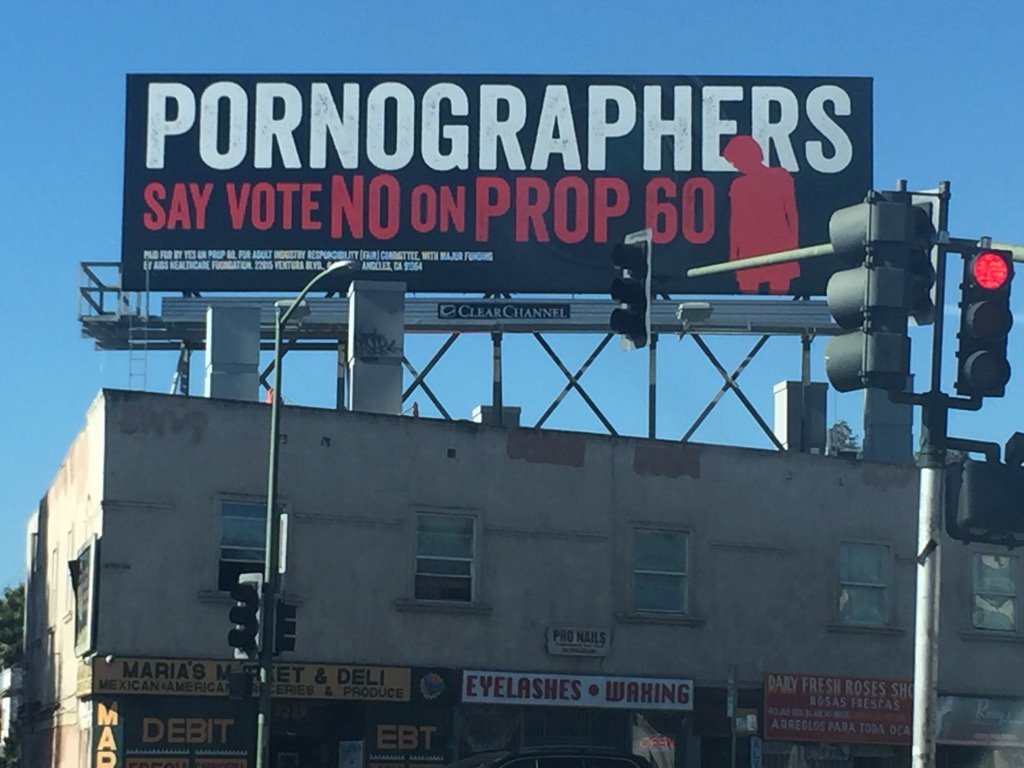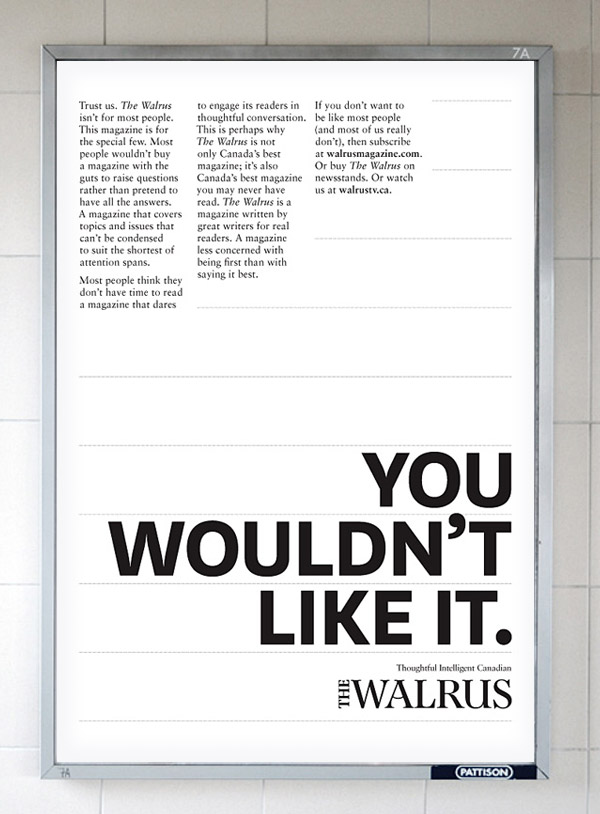

Reactance also produces counter-intuitive results. For instance, an experiment (Lessne and Notarantonio, 1988) proved that constraining the choices of participants will increase the attractiveness of the products, when there was a wide variety of were available for participants to choose or purchase. The reduction in freedom of choice makes the unavailable options more desirable. For example, the persuasive messages in public service announcements have applied reactance theory to affect consumers to behave in a desired way. Reactance theory is applied in various contexts. Researchers focused on choice situations and measured reactance in terms of choice reversals when unavailable options were more attractive. Reactance will become more intense when the number of jeopardized behaviours is more, the degree of the threat is higher and the importance of the eliminated freedom is greater (Brehm et al., 1966). Reactance arouses when there is an intention to reduce freedom, it puts emphasis on the motivational and affective sides of resistance (Knowles and Linn, 2004), and it motivates ones to reestablish their lost or threatened freedoms (Eagly and Chaiken, 1993).
#REVERSE PSYCHOLOGY ADVERTISING FREE#
People are free to select what they like (Clee and Wicklund, 1980) but when the freedom is limited, reactance can be provoked. Psychological reactance is a motivational state of arousal after a freedom has been eliminated or threatened to be eliminated (Brehm, 1966).

Managerial implications on using reverse psychology in advertising to raise customers' awareness and interest with real-life examples are included in this study. Keywords:Reverse psychology marketing, Psychological reactance, Advertising messages, Consumer attitudesĪRTICLE HISTORY: Received:0, Accepted: 0, Online available:2īy conducting the experiment to test reverse psychology of consumers, this study showed that consumers are interested in advertising framed with negative message, although they are uncomfortable with the negative messages. The practical way of using reverse psychology in advertising is discussed at the end of paper with an example for illustration. It is also interesting to find out that 40.8% of subjects were uncomfortable with the messages but showed interest in them. Results suggested that the application of reverse psychology tactic in advertising enable marketers to create awareness and raise interest of consumers. Results showed that 49.7% of subjects were interested in these messages, although 76.6% of them were uncomfortable with the negative advertising messages. An experiment was designed to measure if 52 subjects were comfortable with negative advertising messages yet felt interested in them. The expected response to an advertising message of not doing something is to do it.

Psychological reactance theory advocates that reactance occurs when people react to restore a freedom when it is eliminated or threatened to be eliminated. This technique has been applied by marketers in advertising in which a negative message or tagline (e.g., "you don't buy the product) is used to motivate consumers to make purchase. Reverse psychology, also known as psychological reactance, is a social influence tactic that encourages people to act the opposite of what it is suggested.


 0 kommentar(er)
0 kommentar(er)
